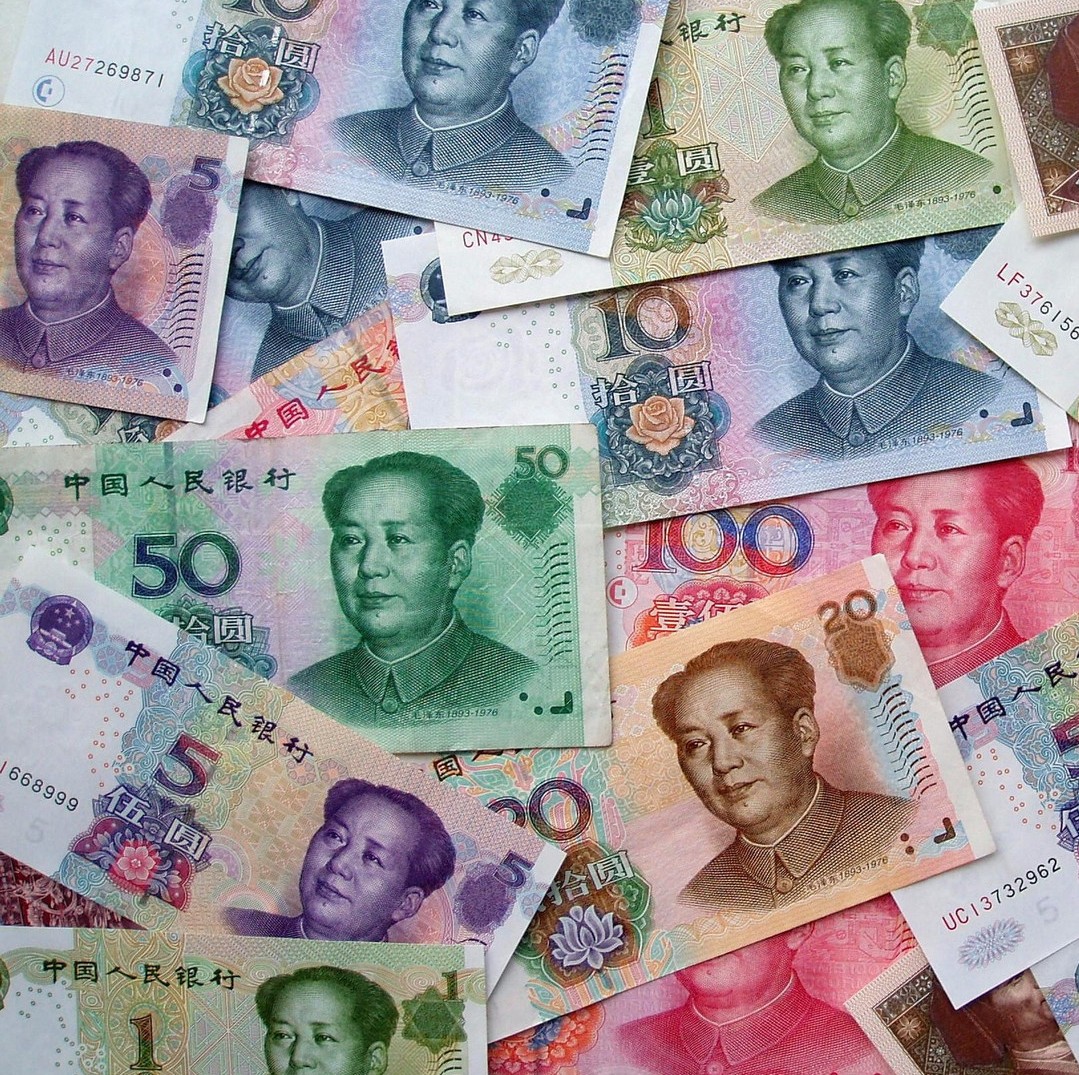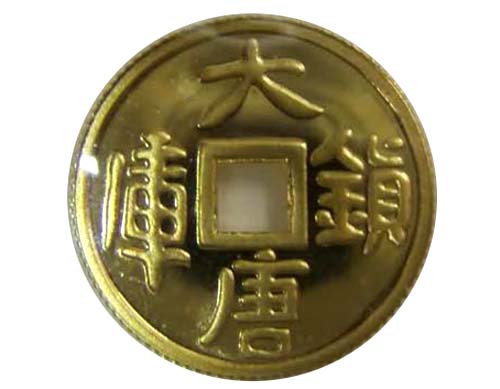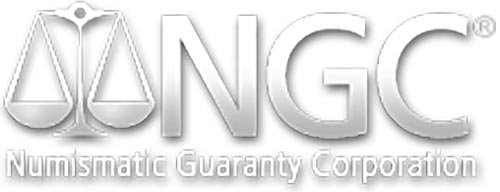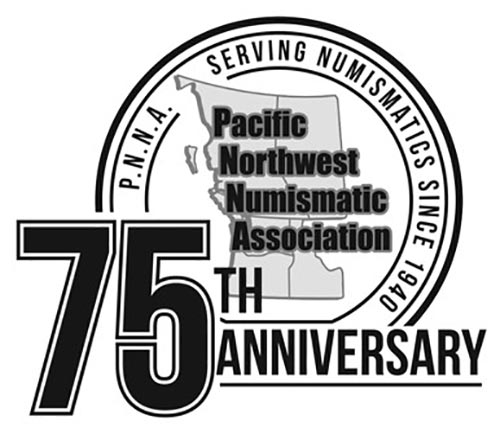
Much like Native Americans, the Chinese had their own version of wampum. Cowrie shells that had been polished and smoothed,
were used for trade and other forms of payment for goods and services. Over time, the Chinese began to carve more pronounced circular shells, drill large holes through the middle and eventually bronze them to help preserve shape and determine higher value.
770-221BC has become known as the period of rival states in Chinese history and it was during this time that money took on a different appearance throughout the differing states, such as knife, spade, and ant nosed. Once the states were finally united into the Chinese empire under Emperor Qin Shihuang in 221BC, Chinese money took on yet another appearance when round coins began to be produced. These coins however, would bear a square hole through the middle and be used as the main form of currency until sometime around 1890 (centuries longer than the Ming Dynasty itself). Instead of using just shells and bronze, the Chinese began diversifying their materials by utilizing other metals as well as bone.
Today, China prefers the use of notes to coins, creating ample ease when conducting everyday transactions for goods and services. The currency as a whole is known as “renminbi” which translates directly to “people’s currency.” Broken down into basic units, yuan (which is to China’s currency as the sterling or pound is to Britain’s) is the internationally known context when speaking of renminbi. Yuan is then subdivided into 10 jiao (American dime) and further more into 10 fen (American penny). Though the latter is so seldom used that the fen is almost completely out of circulation.
Ranging from 1-100 yuan, each denomination depicts Chairman Mao Zedong (1893-1976), the founder of the People’s Republic of China (1949-1976) and revolutionary Chinese Communist on the obverse. Each reverse brilliantly showcases well-known Chinese landmarks and regions such as the Shandong Province, increasingly known in recent time for being a gold mining belt in the country. Others include The Yangtze River, The Great Hall of the People in Beijing, and Potala Palace in Lhasa, to name a few.
 China’s currency has had a long running history, spanning far beyond the most notable dynasties and taking on many different forms, all representative of an intricate and intriguing country.
China’s currency has had a long running history, spanning far beyond the most notable dynasties and taking on many different forms, all representative of an intricate and intriguing country.
If you like this article, then you might enjoy other articles in our archives, such as Laizhou Bay: The New Gold Belt
Liberty Coin & Currency specializes in rare coins and currency. We are a family-owned business located in Portland and Vancouver. We are also gold, silver, diamond, currency and jewelry buyers. Visit us first for a free evaluation.
Like this post? Let us know on Facebook, Twitter, Instagram, or Pinterest.









